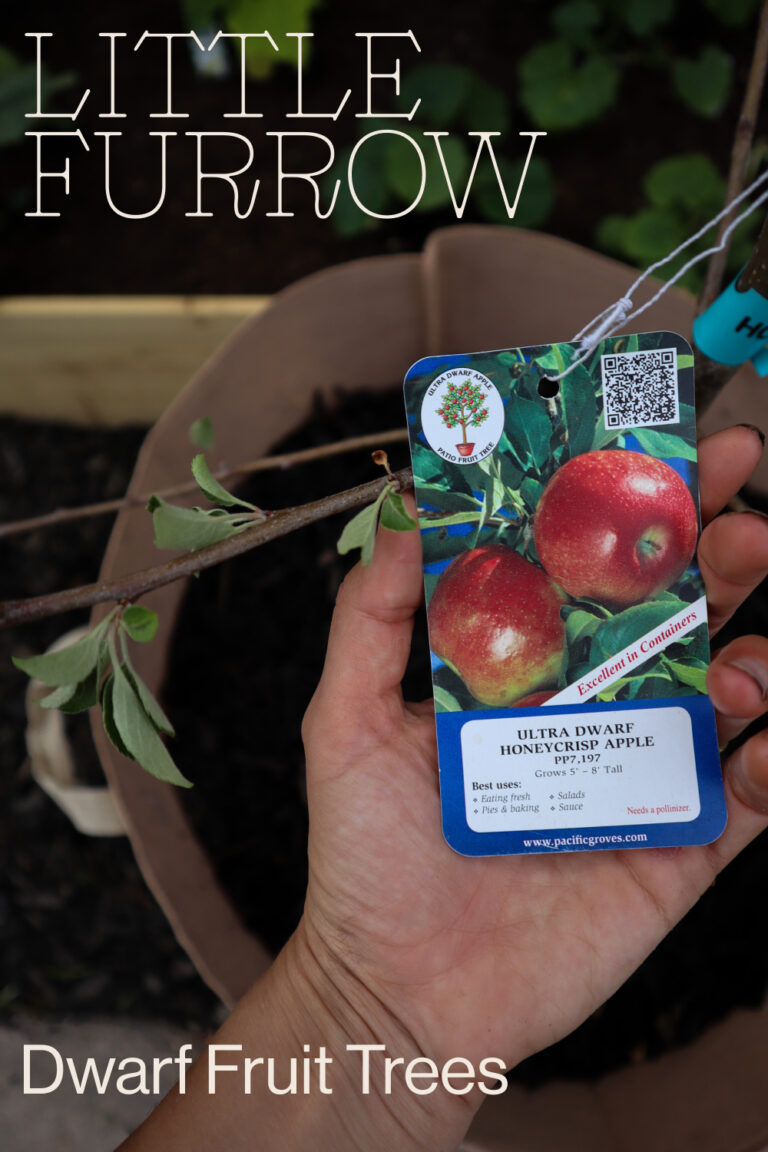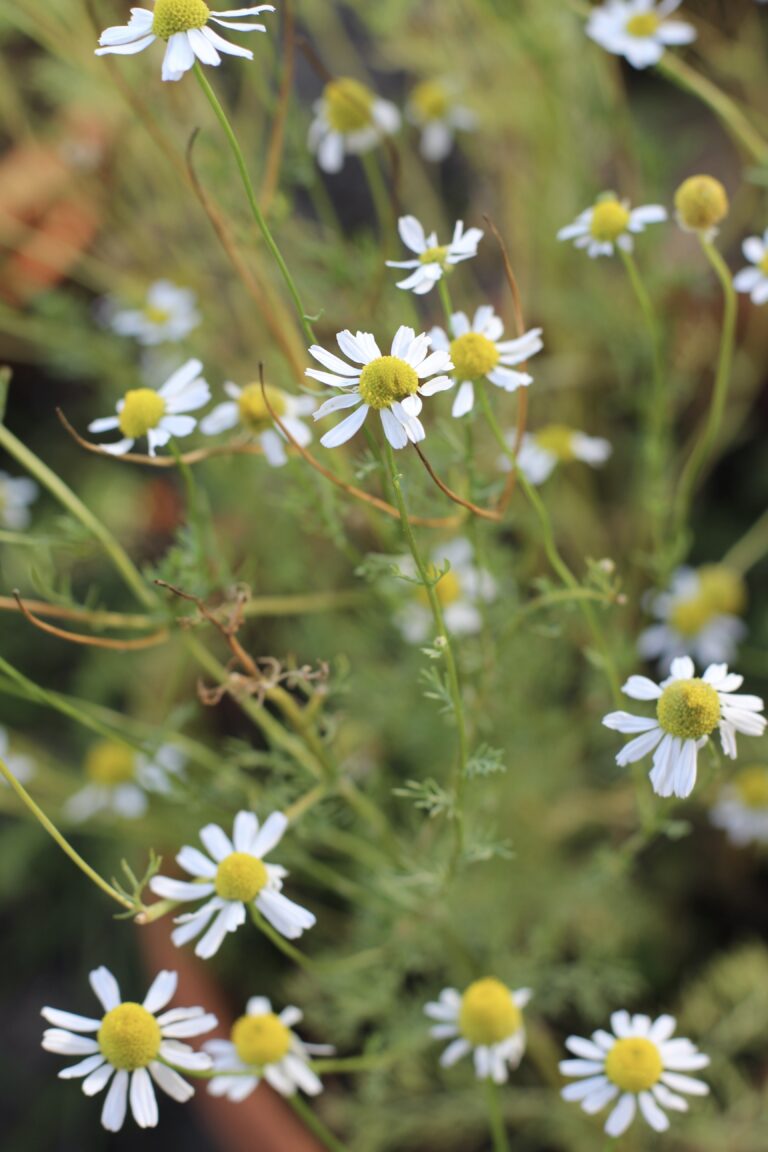How to Take Care of your Clothes
This post contains affiliate links to products. We may receive a commission if you make a purchase after clicking on these links.
Today, washing your clothes seems ultra simple. Throwing all your darks or whites into the wash, adding detergent, choosing the hottest cycle and starting it up is kind of how I roll. What I didn’t know until recently though, was that how we do our laundry doesn’t just impact the lifespan of our clothes, but also the environment. Learning how to take care of your clothes is a great way to live a greener life.
As I started to do more research about this topic, I was kind of blown away. Did you know that on average, 9 million microfibers can be released into our waterways, every load of laundry you do. And in today’s world, when there is an abundance of synthetic clothing circulating, that’s a whole lot of plastic making its way into our water and food chain. We just about eat, sleep, and breathe plastics at this point. So what can we do to reduce this issue and keep our clothes lasting and looking beautiful for longer? We’ve got a few tips on how to take care of your clothes, the right way.

Hand Wash, Hang Dry
Try hand washing! When you hand wash your clothes, you have more control over the temperature of the water and the aggressiveness of the wash. This can extend the life of your clothes and also drastically reduce the amount of microfibers released. This is especially important with synthetic clothing. You also generally use far less water when hand washing, which is a big plus.
Opting to hang dry your clothes means less damage to your items, because there is no tumbling. It’s far more gentle, and not using your dryer will cut back your energy bill. All you need is a wash basin (I use this enamel basin from Crow Canyon), and some detergent like these Tru Earth Laundry Strips. It turns out, learning how to take care of your clothes can be as simple as learning to wash them yourself.

Detergents
Opt for eco-friendly and natural detergents without harsh chemicals like bleach. Chemicals can break down the fibers in your clothes faster, making them shed more fibers. Also, detergents can leave residues on your clothes. So when you use soap with toxins, it can end up right next to your skin. Not super ideal or healthy. Check out our links below for our detergent recommendations.

Wash Less
For items like jeans, you can go weeks without washing them, which can help them last longer. The key is to treat them the right way between washes. Make sure you hang up your jeans after each wear. Airflow is important for keeping your jeans (and other clothes) fresher for longer. Clothes that are left balled up or in piles will start smelling musty much quicker as they have no opportunity to dry and air out.

Wash at Lower Temperatures.
Using cooler temps for your wash can extend the life of your clothes and result in less damage, which helps lower the amount of fibers released per wash. Elastic loses its elasticity faster at high wash temperatures and when machine dried, so washing at cooler temps and hang drying can preserve the stretch for longer. Using cooler water temperatures is also better for the environment. Most of the energy produced during a wash cycle is used heating the water.
Washing Bags.
When you throw non natural fiber fabrics in the washing machine, micro plastics escape into our water system. As the machine aggravates your clothes during the wash, fibers release and drain with the water after the cycle is finished. A way you can reduce the amount of synthetic fibers making their way into the environment, is by putting your synthetic items in an anti-micro plastic washing bag, like this one made by Guppyfriend. Wash bags like this can be a game changer. Microfibers create pollution. When plastic fibers are released, they cannot be filtered out of the water by waste water treatment facilities, so they make their way to our oceans and into the food chain.

Buying Tips
Over 50% of clothes in the world are made out of synthetic materials. Because there are many issues that arise with synthetic fibers, it’s a good idea to think about buying more natural fibers. That being said, this isn’t always possible. As someone who really enjoys being outdoors, I find a lot of the activewear I have is made primarily of synthetic materials. Brands like Patagonia and Cotopaxi are great options for ethical outdoor wear. However, a lot of their clothing is made from synthetic materials.
When trying to decide what to buy natural and what to buy synthetic, a great tip is to evaluate how often you’re going to need to wash the item. Chances are you’re going to wash a t-shirt far more than a down jacket. So think about buying a t-shirt made from 100% natural fibers. This will ensure that whatever fibers end up in our waterways will biodegrade.

Why Natural Materials are Important
Natural fibers like cotton, linen, and hemp tend to be more breathable and better for your body. Plus, there is something really satisfying and beautiful about wearing a piece of clothing made out of a fabric like linen, which is made from the flax plant. Flax is a beautiful flower that is good for pollinators and is also responsible for where flax seeds comes from. Wearing clothes made out of natural fibers supports a more circular way of living that is better for the earth. If our fabric comes from 100% plant materials, it can exist without the worry of it never breaking down.
These days, many people feel like they are set apart from the natural cycles of this planet, but we are as much a part of nature as mushrooms, water, and butterflies. We are a part of the ecosystem and acting like we aren’t throws natural cycles out of balance.
There’s a lot of ways you can get started changing your laundry habits and learnig how to take care of your clothes. Just remember to start with what you can handle. Starting small is totally legitimate, and any step you take helps make for a healthier you and a healthier planet! Looking for more fun ways to get started? Checkout our post on how to make a homemade candle.







